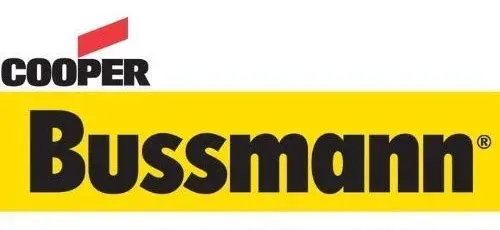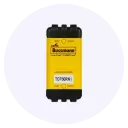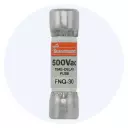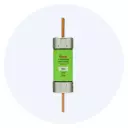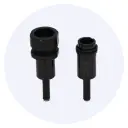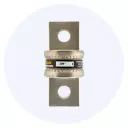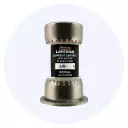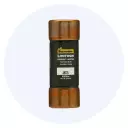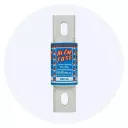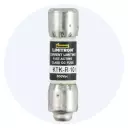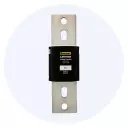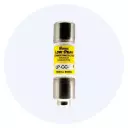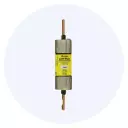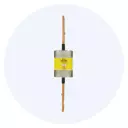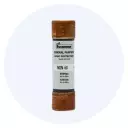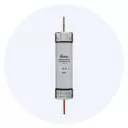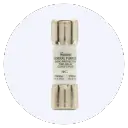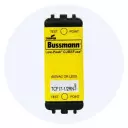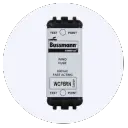Blog
Eaton-Bussmann Fuse Safety Tips
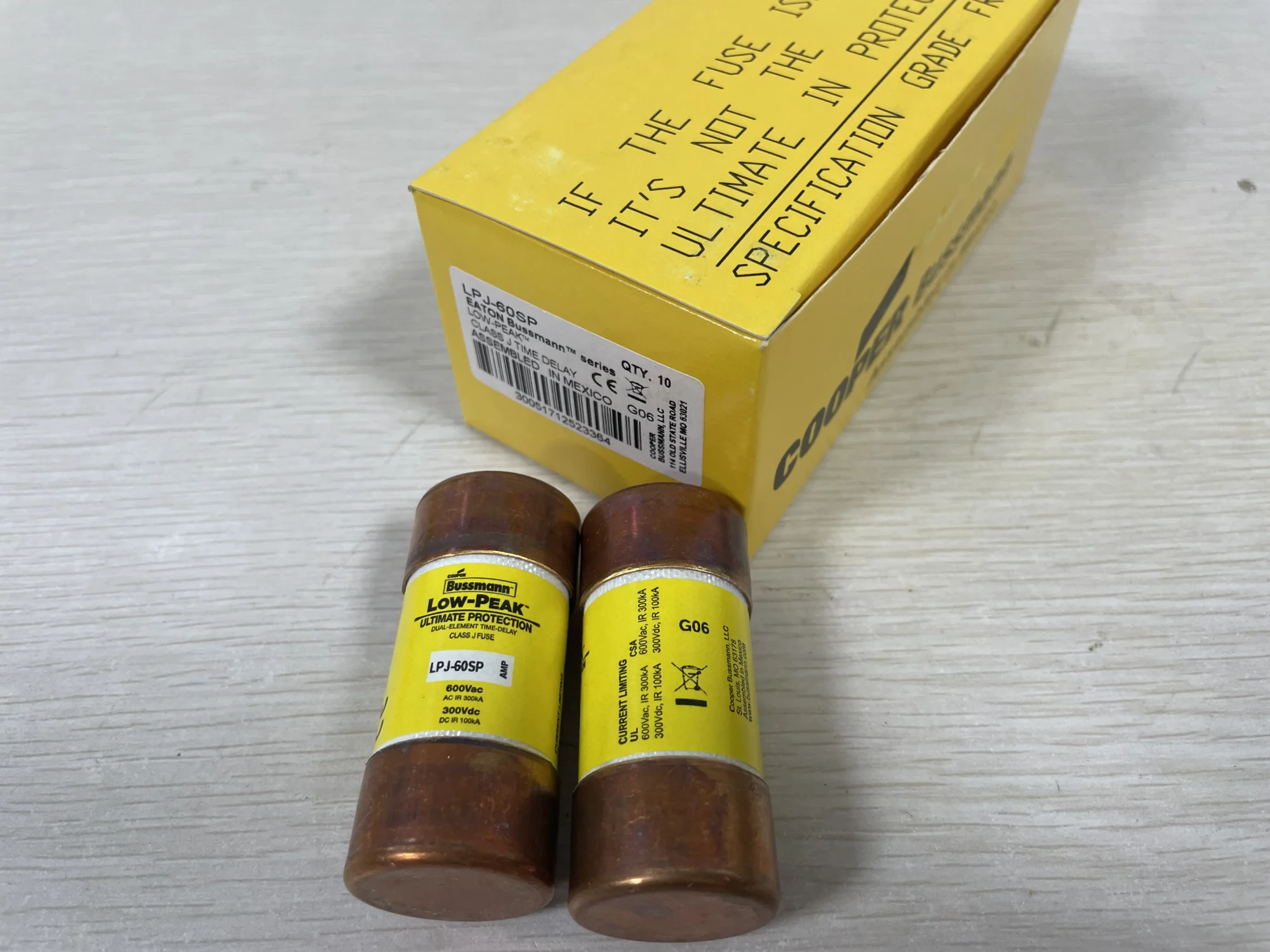
Introduction to Eaton-Bussmann Fuse Safety Tips
In the realm of electrical engineering and power management, safety is paramount. Eaton-Bussmann, a leading intelligent power management company, specializes in providing top-notch circuit protection solutions and motor control products. As an authorized distributor of Eaton-Bussmann products, we understand the importance of ensuring the safe and efficient operation of electrical systems. In this blog post, we will delve into the world of Eaton-Bussmann fuse safety tips, exploring the product parameters, specifications, uses, and precautions associated with their fuse products.
Understanding Eaton-Bussmann Fuse Products
Eaton-Bussmann offers a wide range of fuse products, including North American fast-blow fuses, IEC standard fuses, American standard cylindrical fuses, European standard square fast-blow fuses, UL/CSA certified low-voltage fuses, miniature low-voltage fuses, fuse holders, and microswitches. These products are designed to provide overcurrent and overvoltage protection, safeguarding electrical circuits from damage. To ensure safe and effective use, it is essential to understand the specifications and parameters of each product.
Product Parameters and Specifications
When selecting Eaton-Bussmann fuse products, it is crucial to consider factors such as:
- Voltage rating: The maximum voltage that the fuse can handle.
- Current rating: The maximum current that the fuse can handle.
- Breaking capacity: The maximum amount of current that the fuse can safely interrupt.
- Response time: The time it takes for the fuse to open in response to an overcurrent condition.
- Mounting style: The type of mounting required for the fuse, such as screw-in or clip-in.
Uses and Applications
Eaton-Bussmann fuse products are used in a variety of applications, including:
- Power distribution: Fuses are used to protect power distribution systems from overcurrent and overvoltage conditions.
- Motor control: Fuses are used to protect motor control circuits from damage caused by overcurrent and overvoltage conditions.
- Electronics: Fuses are used to protect electronic devices and circuits from damage caused by overcurrent and overvoltage conditions.
- Transportation: Fuses are used in automotive and other transportation applications to protect electrical systems from damage.
Precautions and Safety Tips
To ensure safe and effective use of Eaton-Bussmann fuse products, follow these precautions and safety tips:
- Always follow the manufacturer’s instructions: Read and follow the manufacturer’s instructions for installation, operation, and maintenance of the fuse product.
- Use the correct fuse for the application: Select a fuse that is rated for the specific voltage, current, and breaking capacity required for the application.
- Install fuses correctly: Install fuses in accordance with the manufacturer’s instructions and relevant industry standards.
- Inspect fuses regularly: Regularly inspect fuses for signs of damage or wear, and replace them as needed.
- Use protective equipment: Use protective equipment, such as gloves and safety glasses, when handling fuses and electrical systems.
Conclusion
In conclusion, Eaton-Bussmann fuse safety tips are essential for ensuring the safe and efficient operation of electrical systems. By understanding the product parameters, specifications, uses, and precautions associated with Eaton-Bussmann fuse products, users can select and use the correct fuse for their application, minimizing the risk of electrical shock, injury, or damage. As an authorized distributor of Eaton-Bussmann products, we are committed to providing high-quality products and expert advice to help our customers solve their power management challenges. By following these safety tips and precautions, users can ensure a safe and reliable electrical system, protecting people, equipment, and the environment.
